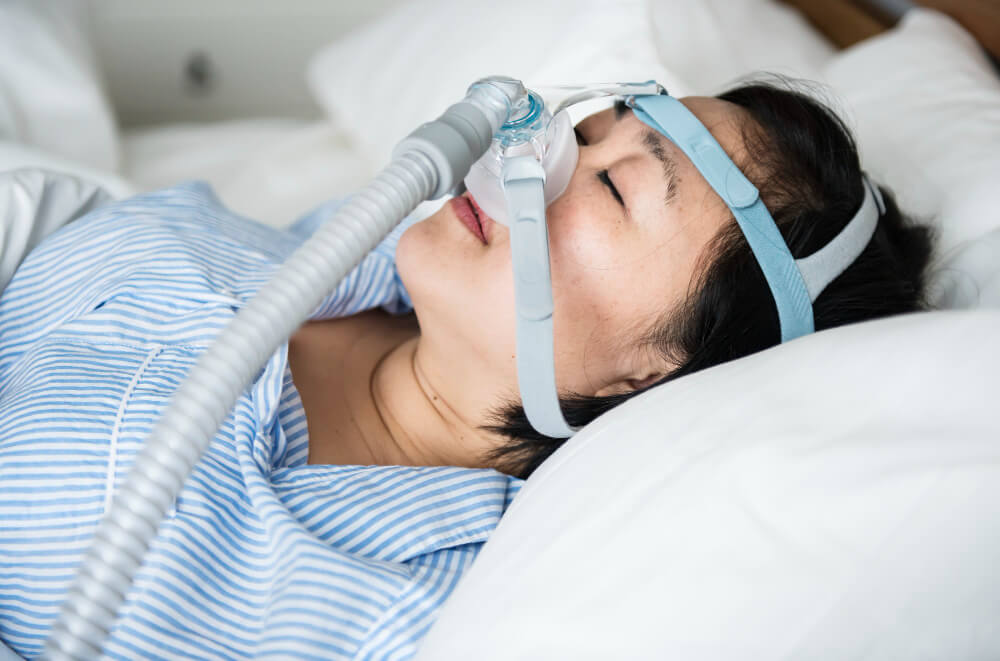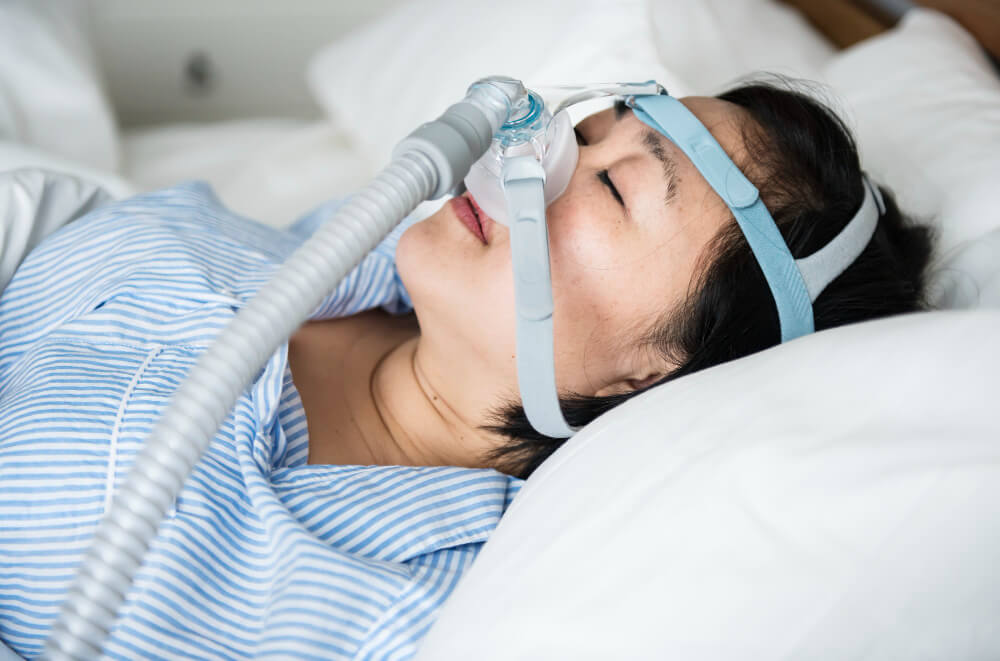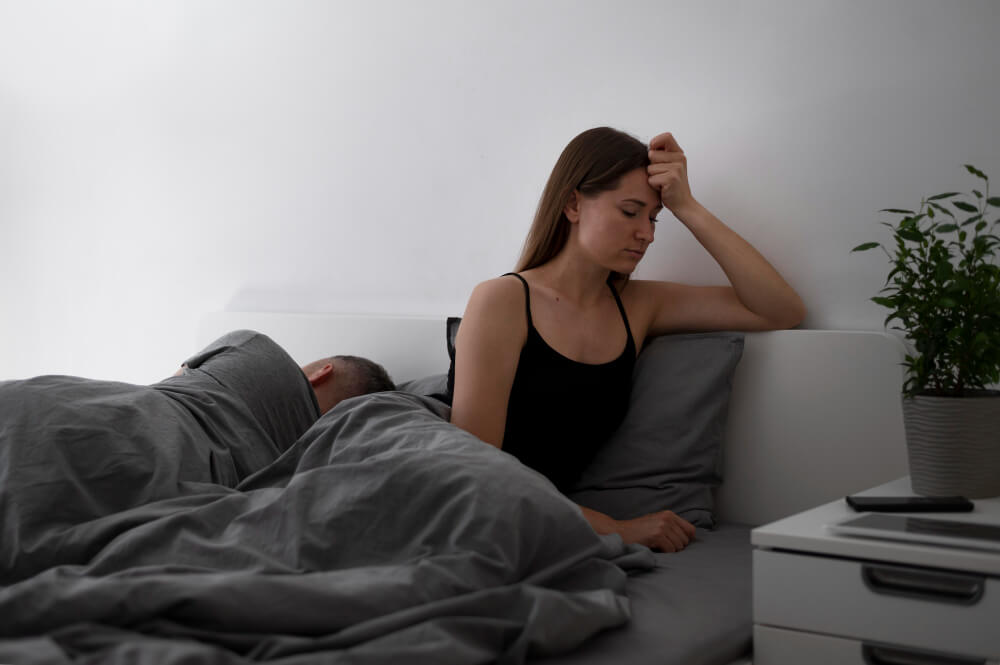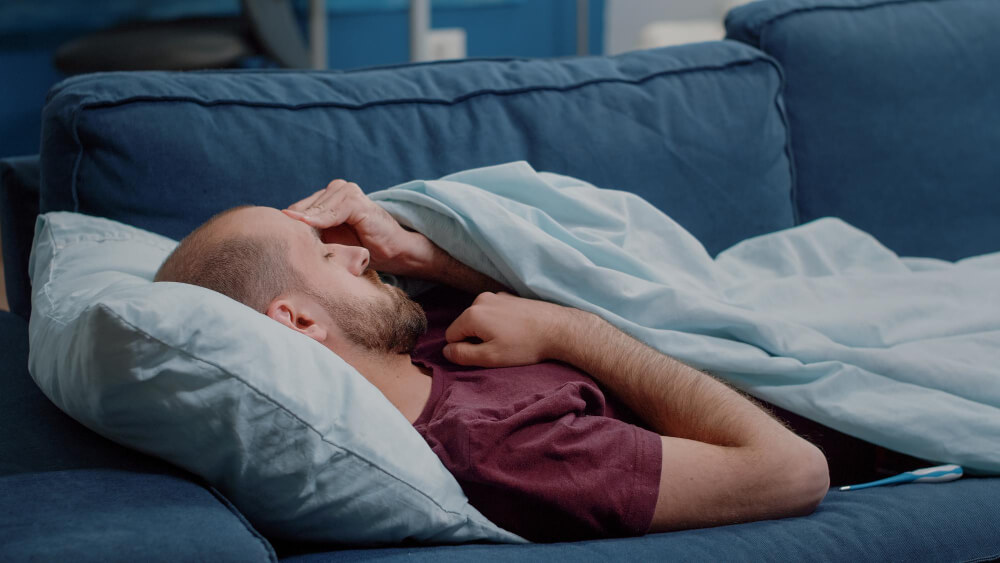From Snoring Symphony to Soaring Days: Conquering the Draining Duo of Sleep Apnea and Hypersomnia
Imagine a world where sleep, instead of being a refuge, becomes a battlefield. Where the lullaby of the night is a cacophony of gasps and snorts, and the morning brings not rejuvenation, but a persistent fog of exhaustion. This is the reality for millions struggling with the draining duo of sleep apnea and hypersomnia. But fear not, weary warriors! This guide is your battle cry, your arsenal of knowledge and strategies to conquer these sleep disorders and reclaim your vibrant, energized life.
Unmasking the Villains: Understanding Sleep Apnea and Hypersomnia
Sleep apnea, the stealthy saboteur, silently interrupts your breath throughout the night. Your airway narrows or collapses, cutting off oxygen and jolting you back to awareness, often with a snort or gasp. These disruptions leave you fragmented, sleep-deprived, and vulnerable to a cascade of health problems like high blood pressure and diabetes.
Hypersomnia, the energy thief, robs you of your daytime vitality. No matter how long you sleep, you wake up feeling unrefreshed, weighed down by an oppressive exhaustion that clings to you throughout the day. This chronic sleepiness hampers your focus, productivity, and relationships, impacting every aspect of your life.
The Intertwined Symphony of Disruption:
But these villains rarely play solo. Often, sleep apnea and hypersomnia join forces, creating a vicious cycle of exhaustion. Sleep apnea’s fragmented sleep fuels hypersomnia’s daytime drowsiness, which in turn, can worsen sleep apnea through poor sleep hygiene. Recognizing this connection is crucial in crafting your unique recovery plan.
Diagnosing the Culprits: Unmasking the Sleep Disorder Duo
The first step in reclaiming your sleep and energy is uncovering the specific culprits wreaking havoc. Your doctor will become your detective, armed with tools like sleep studies and questionnaires. Sleep studies, whether conducted in a lab or at home, monitor your brain waves, breathing, and oxygen levels during sleep, revealing the telltale signs of sleep apnea. Questionnaires will delve into your sleep habits, daytime symptoms, and medical history, offering additional clues to the diagnosis.
The Arsenal of Remedies: Conquering Sleep Apnea and Hypersomnia

Once the villains are identified, the battle begins! But unlike traditional wars, the weapons in this fight are diverse and personalized. For sleep apnea, the arsenal might include:
- Continuous positive airway pressure (CPAP): This mask-and-machine combo delivers gentle air pressure to keep your airway open throughout the night.
- Oral appliances: These custom-made mouthpieces reposition your jaw to prevent airway collapse.
- Lifestyle changes: Losing weight, avoiding alcohol before bed, and practicing good sleep hygiene can significantly improve apnea symptoms.
For hypersomnia, the battle plan focuses on maximizing sleep quality and boosting daytime alertness:
- Medications: Stimulants can offer a temporary boost, while antidepressants have shown promise in some cases.
- Cognitive-behavioral therapy (CBT) for insomnia: This therapy helps you establish healthy sleep habits and address underlying thoughts and behaviors that disrupt sleep.
- Light therapy: Exposing yourself to bright light in the morning can help regulate your circadian rhythm and improve daytime alertness.
Beyond the Battlefield: Living Well with Sleep Apnea and Hypersomnia
Winning the battle is just the beginning. Living well with these sleep disorders requires ongoing vigilance and self-care. Here are some tips for sustained success:
- Communication is key: Talk openly with your loved ones about your sleep challenges and how they can support you.
- Prioritize healthy habits: Maintain a regular sleep schedule, exercise regularly, and eat a nutritious diet.
- Embrace support: Join a sleep apnea or hypersomnia support group to connect with others who understand your struggles.
- Listen to your body: Don’t push yourself too hard. Accept that some days may be harder than others, and be kind to yourself.
Remember, you are not alone in this fight. Millions have triumphed over sleep apnea and hypersomnia, reclaiming their energy, focus, and joy. With the right knowledge, tools, and support, you too can break free from the draining duo and soar towards a life filled with vibrant days and restful nights

















